Not all plants crave attention—some actually thrive when you leave them alone. These low-maintenance perennials are proof that less really can be more when it comes to summer gardening.
Instead of constant pruning, feeding, and fussing, these flowers reward your restraint with longer-lasting blooms, stronger growth, and even better resilience during heat waves and dry spells. They’re ideal for busy gardeners, vacationers, or anyone who just wants a garden that handles itself.
From graceful blooms that return stronger each year to tough favorites that thrive in the harshest summer corners, these 18 perennials will bloom better when you take a step back. Ready to grow more by doing less? Let’s get into the list.
Lavender
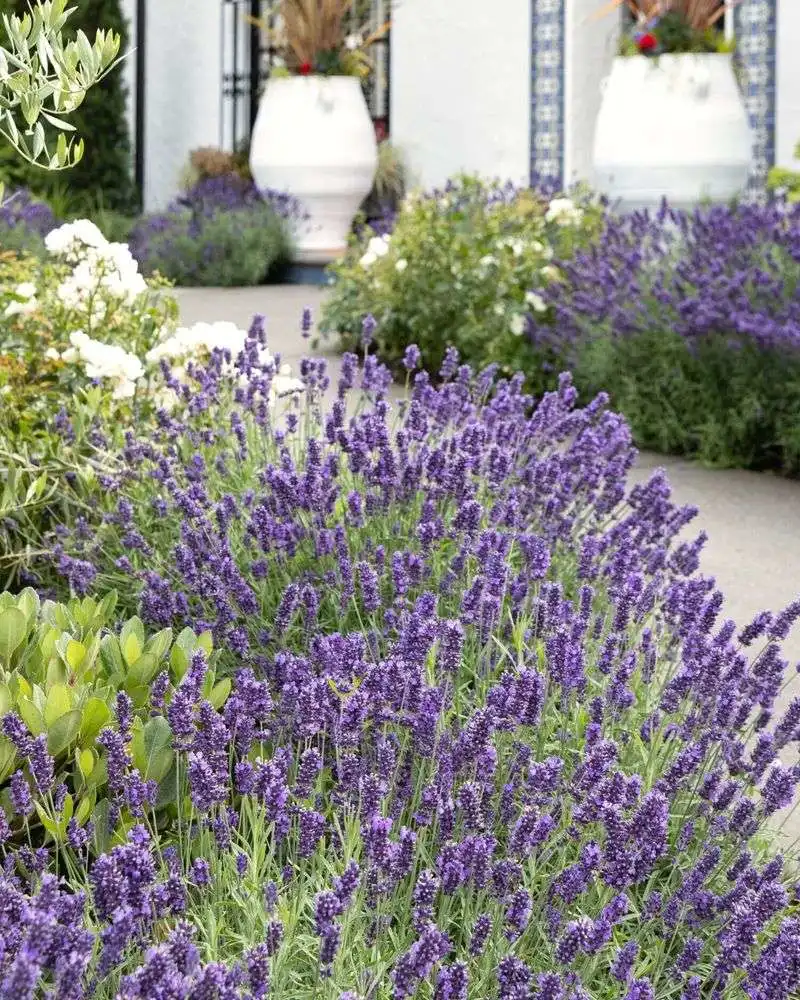
Often synonymous with relaxation, lavender thrives when left alone. Its aromatic purple blooms create a calming atmosphere, attracting pollinators like bees and butterflies. Plant lavender in well-drained soil and full sun, and it will reward you with fragrant blossoms that last from late spring to fall. Avoid overwatering and excessive pruning to maintain its natural beauty. A Mediterranean native, lavender’s resilience is evident in its ability to withstand drought and poor soil conditions, making it a perfect choice for low-maintenance gardens.
Coneflower

Coneflowers stand out with their striking petals and prominent centers, drawing attention in any garden. These robust perennials are drought-tolerant and love the sun. Once established, they require little care, and their blooms can persist from midsummer to early autumn. To encourage more flowers, deadhead sparingly. Native to North America, coneflowers have adapted well to various climates, enhancing their appeal as a garden staple. Their vibrant colors and ability to attract pollinators make them indispensable for any gardener looking to add cheerful hues with minimal effort.
Daylily
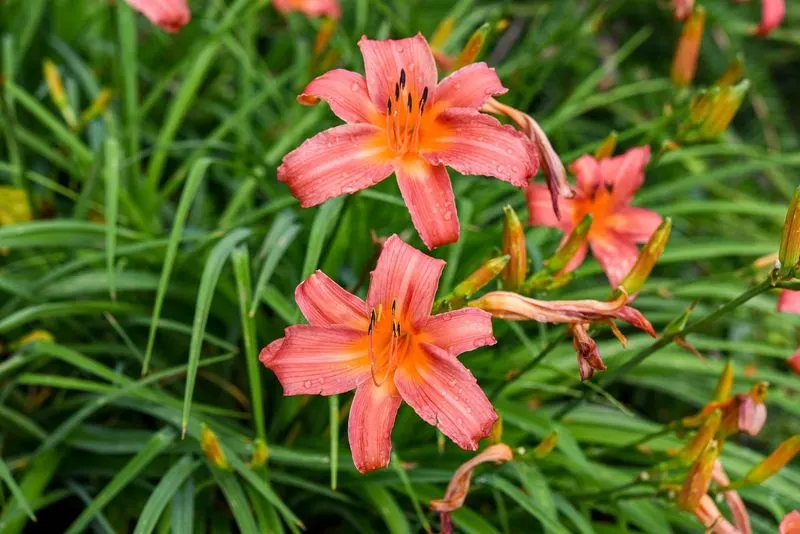
Daylilies, with their diverse palette, are tough yet graceful plants. These perennials are known for their ability to bloom profusely without much attention. Plant them in a sunny spot, and they’ll flourish on their own. Each flower lasts just a day, but the plant continually produces new blooms throughout the season. Resistant to pests and diseases, daylilies are a gardener’s ally in creating a vibrant, low-maintenance landscape. Their ability to naturalize and spread makes them ideal for borders and mass plantings, adding texture and color effortlessly.
Russian Sage
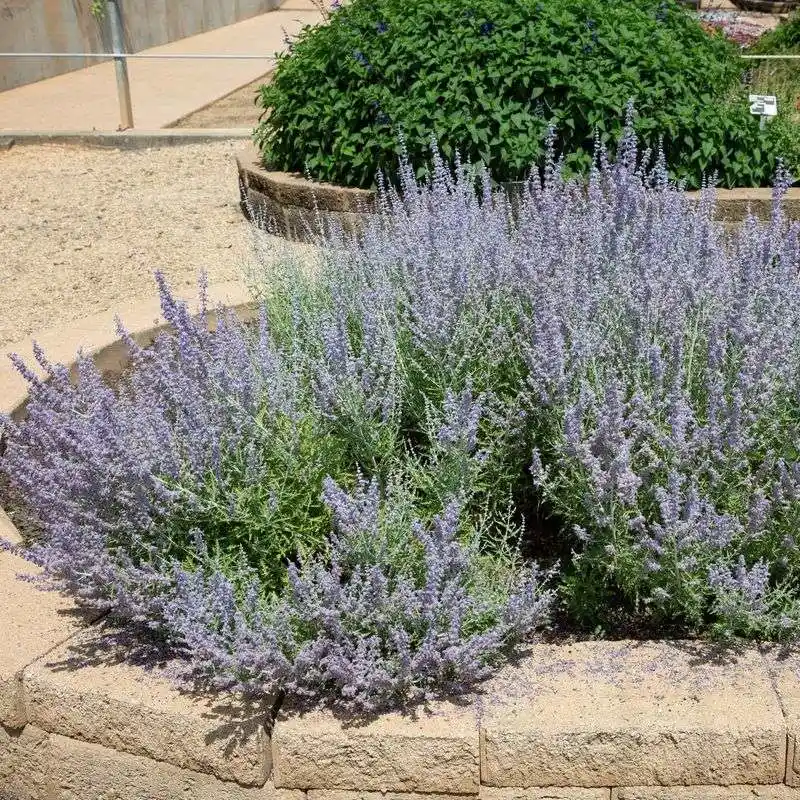
Russian sage offers ethereal beauty with its wispy stems and purple-blue flowers. Thriving in full sun and well-drained soil, it requires minimal care once established. Avoid frequent watering, as this plant prefers dry conditions. Its long blooming period extends from summer into fall, providing consistent color. Russian sage’s silvery foliage adds a unique texture to gardens, and its aroma deters deer, making it a practical choice for many landscapes. This perennial’s resilience and striking appearance make it a favorite among gardeners seeking elegance with little upkeep.
Catmint
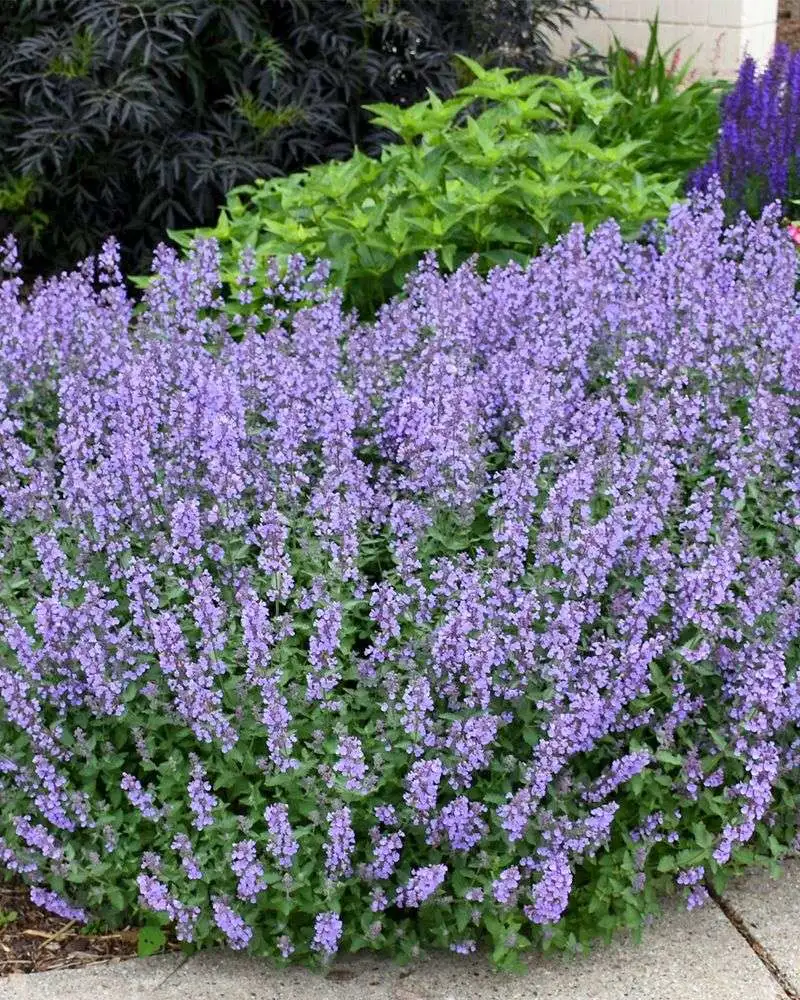
Catmint, known for its delightful scent and soft purple blooms, is a hardy perennial that thrives on neglect. It flourishes in sunny spots and tolerates poor soils. Once established, it needs minimal watering, and cutting back after its first bloom can encourage a second flowering. Cats are often drawn to catmint, adding a whimsical touch to gardens. This plant’s ability to repel pests while attracting pollinators makes it a valuable addition to any garden. Its sprawling habit adds a relaxed charm, perfect for cottage-style landscapes.
Yarrow
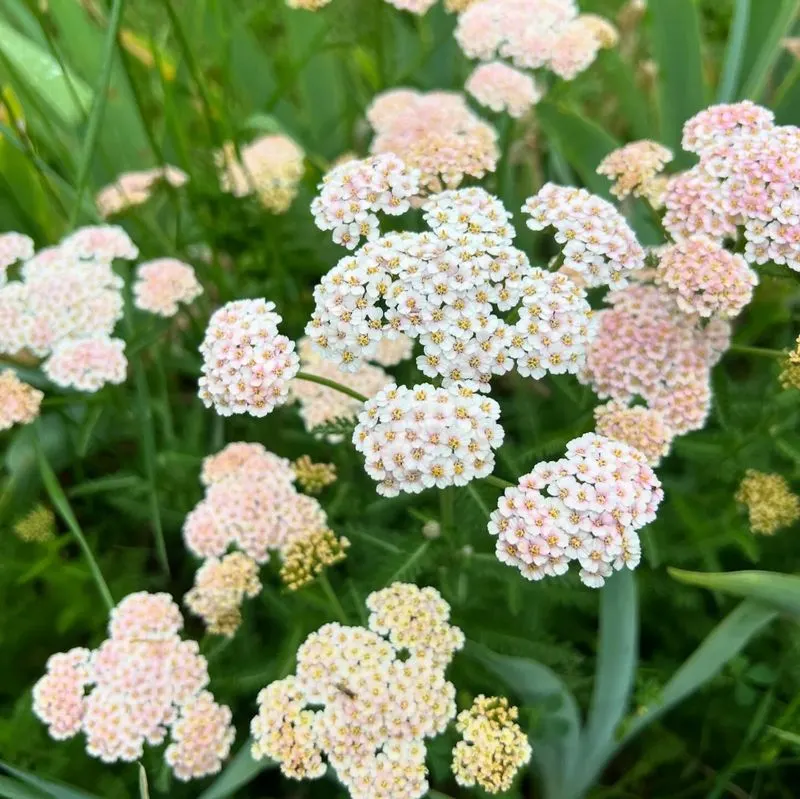
Yarrow is a staple in low-maintenance gardens, known for its feathery foliage and umbrella-like flower clusters. This perennial does well in poor, dry soils and full sun, with little need for watering once established. Deadheading can prolong its blooming period, but it’s not essential. Yarrow is not only drought-tolerant but also deer-resistant, and it attracts beneficial insects like ladybugs. Its varied colors and ability to naturalize make it a favorite for wild gardens or meadow plantings, offering beauty with minimal intervention.
Sedum
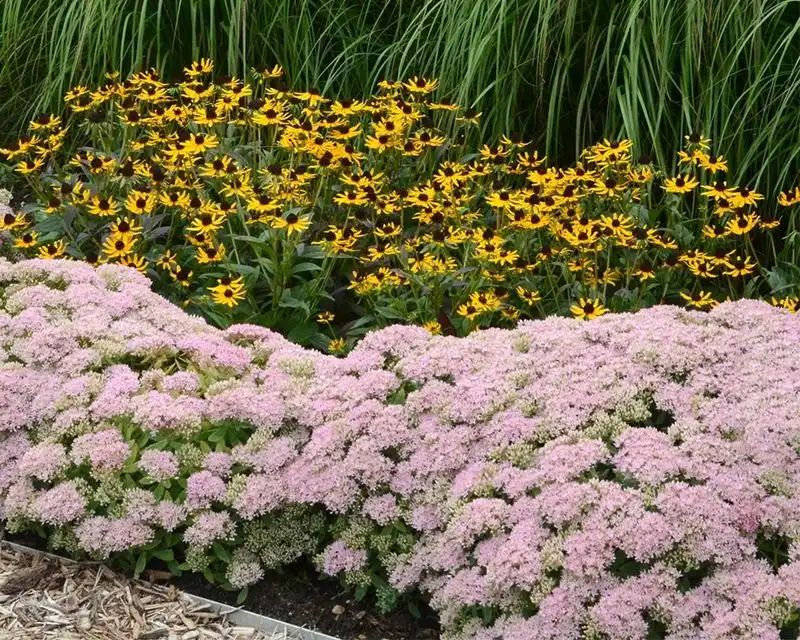
Sedum, or stonecrop, is a succulent-like perennial that thrives on neglect. These plants love sunny, dry spots and poor soil, making them ideal for rock gardens. Their fleshy leaves store moisture, reducing the need for frequent watering. In late summer to fall, sedum produces clusters of star-shaped flowers that attract pollinators. With a variety of shapes and colors, sedum adds interest to any landscape. Known for their resilience, these plants are perfect for busy gardeners seeking a splash of color without constant care.
Black-eyed Susan
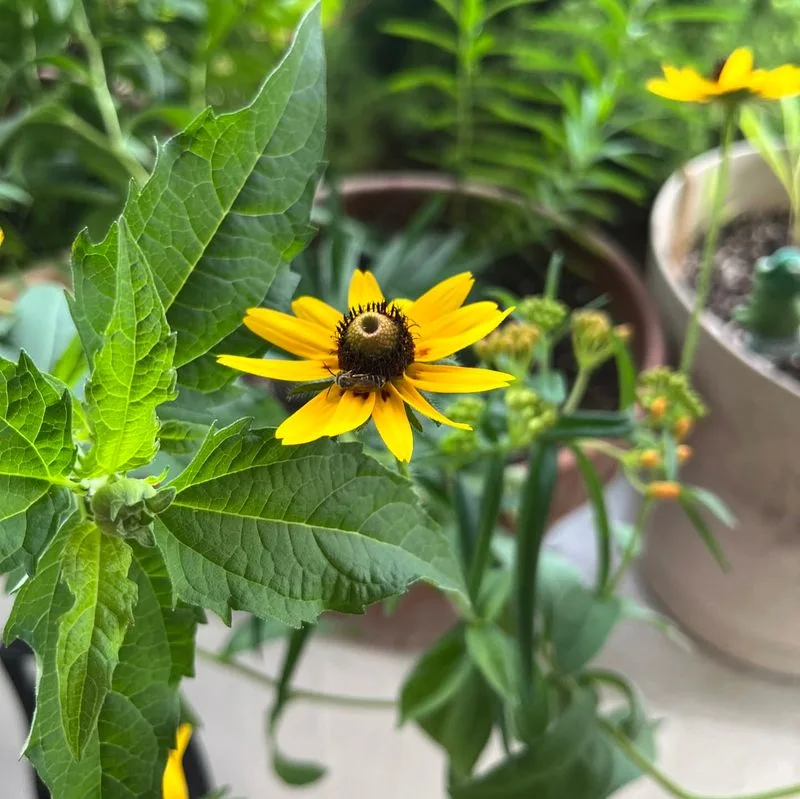
Black-eyed Susans bring a cheerful vibe to gardens with their bright yellow petals and dark centers. These perennials thrive in well-drained soils and full sun, requiring little attention once settled. They bloom from summer through autumn, offering an extended splash of color. Minimal deadheading is needed to keep them looking fresh. Native to North America, black-eyed Susans attract butterflies and birds, enhancing the ecological value of your garden. Their hardiness and vibrant appearance make them a popular choice for borders and wildflower plantings.
Coreopsis
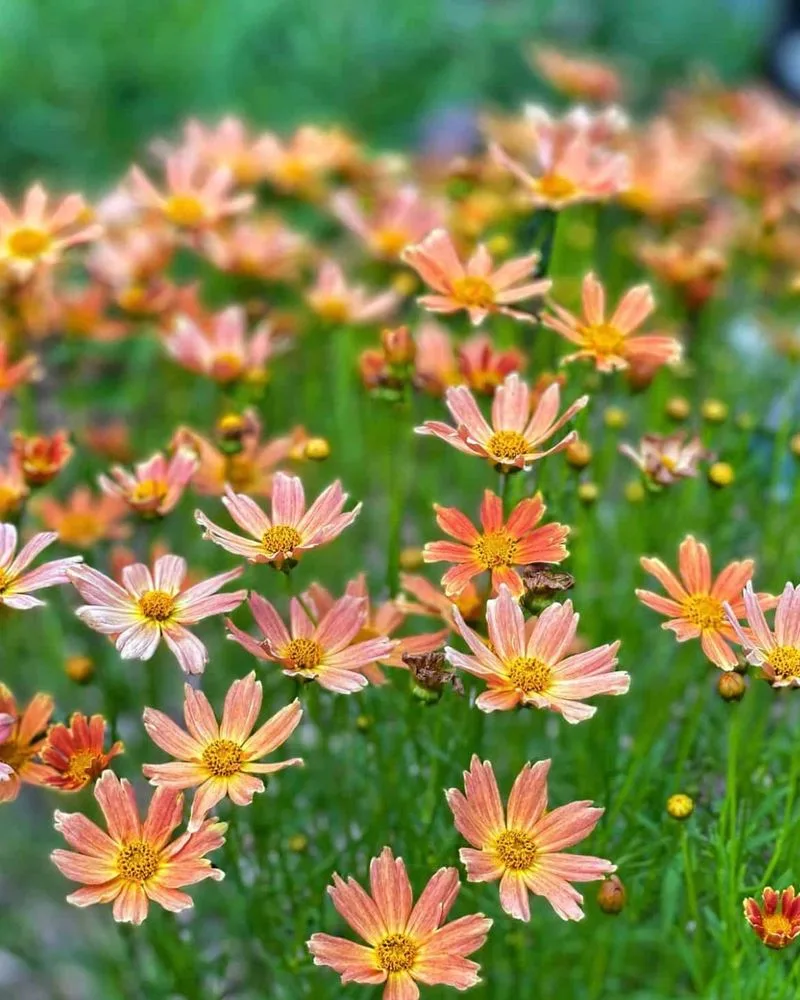
Coreopsis, with its sunny demeanor, is a perennial that thrives with minimal care. Known for its bright, daisy-like flowers, it enjoys full sun and well-drained soil. Once established, coreopsis is drought-tolerant, requiring only occasional watering. Deadheading can extend its blooming period, but it’s not necessary for a vibrant display. Coreopsis attracts pollinators, adding life to your garden. Its ability to adapt to various conditions makes it a versatile choice for borders, containers, or mass plantings, providing ongoing color with little effort.
Lamb’s Ear

Lamb’s ear, with its soft, fuzzy leaves, is a tactile delight in any garden. Known for its silvery foliage rather than its flowers, this perennial thrives in full sun and well-draining soil. It’s drought-tolerant and requires minimal maintenance. While its flowers are understated, the leaves add a unique texture and color contrast to garden beds. Lamb’s ear is perfect for edging and borders, providing a soft backdrop for more colorful plants. Its ability to grow in challenging conditions makes it a favorite for dry, sunny spots.
Salvia
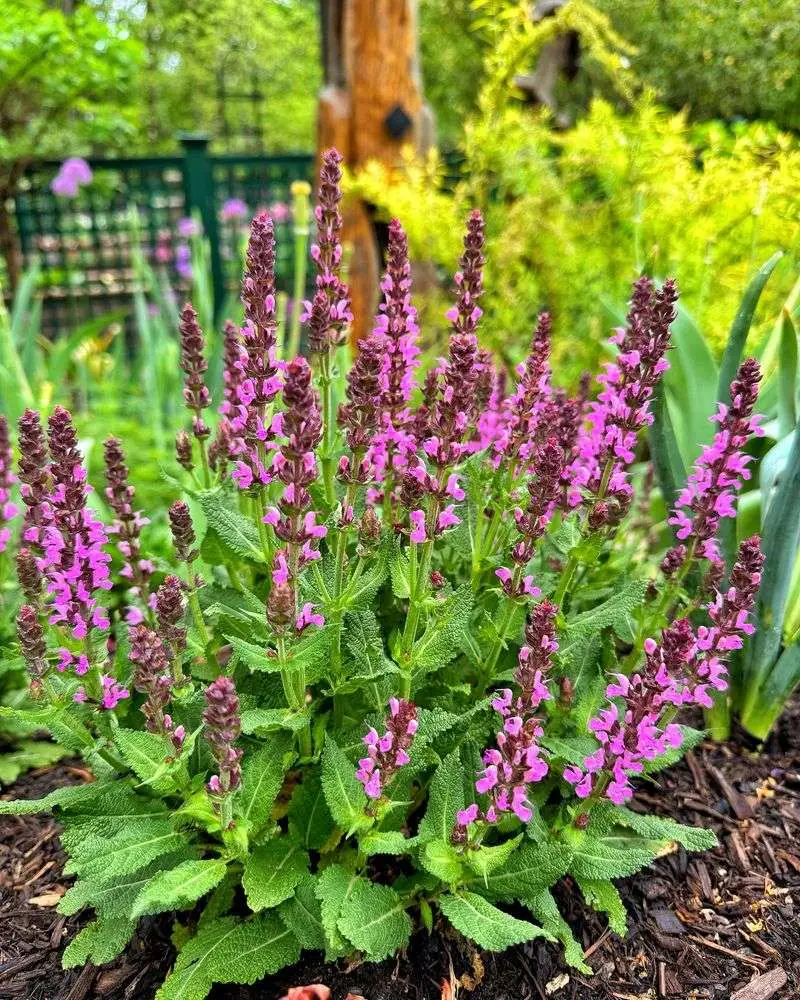
Salvia plants are known for their vibrant spikes of flowers that attract bees and butterflies. These perennials thrive in sunny spots with well-drained soil, requiring little water once established. Their long blooming period from late spring to autumn provides consistent color. Minimal pruning encourages new growth and flowering. Salvia’s resilience and ability to deter deer make it a practical choice for gardens. With a range of colors and sizes, salvia adds vertical interest and a splash of color with minimal care, perfect for borders or mixed beds.
Gaura
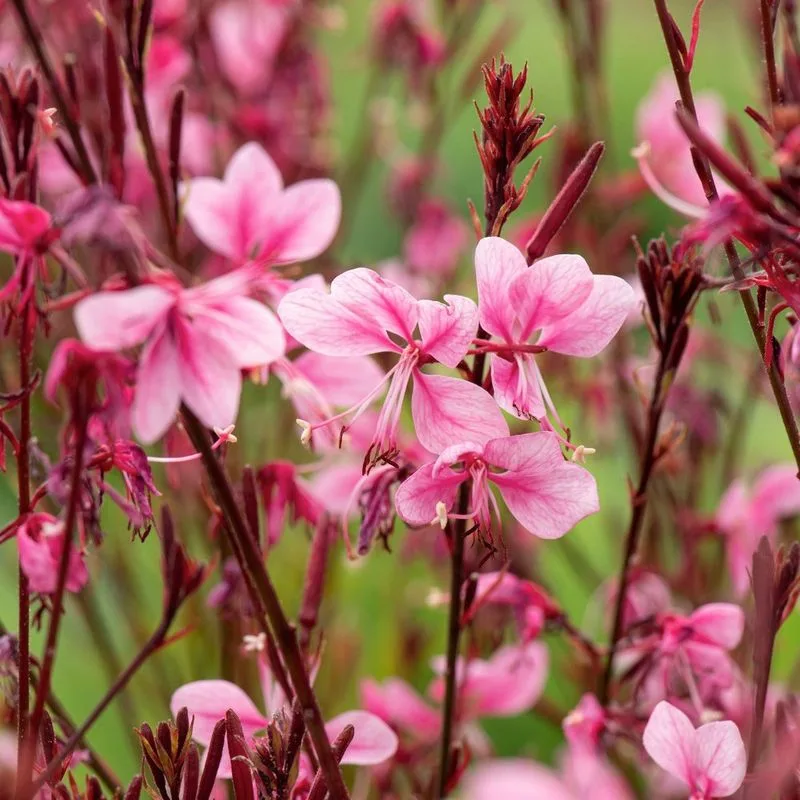
Gaura, often called ‘Whirling Butterflies,’ brings a whimsical touch to gardens with its delicate blooms. This perennial enjoys sunny spots and well-drained soil, thriving on minimal care. Its long stems with butterfly-like flowers dance in the wind, providing movement and grace. Gaura blooms from late spring to frost, offering a long-lasting display without much intervention. Drought-tolerant and hardy, it suits cottage gardens and wildflower meadows alike. Its unique appearance and low-maintenance nature make gaura a cherished addition for gardeners seeking beauty with ease.
Veronica
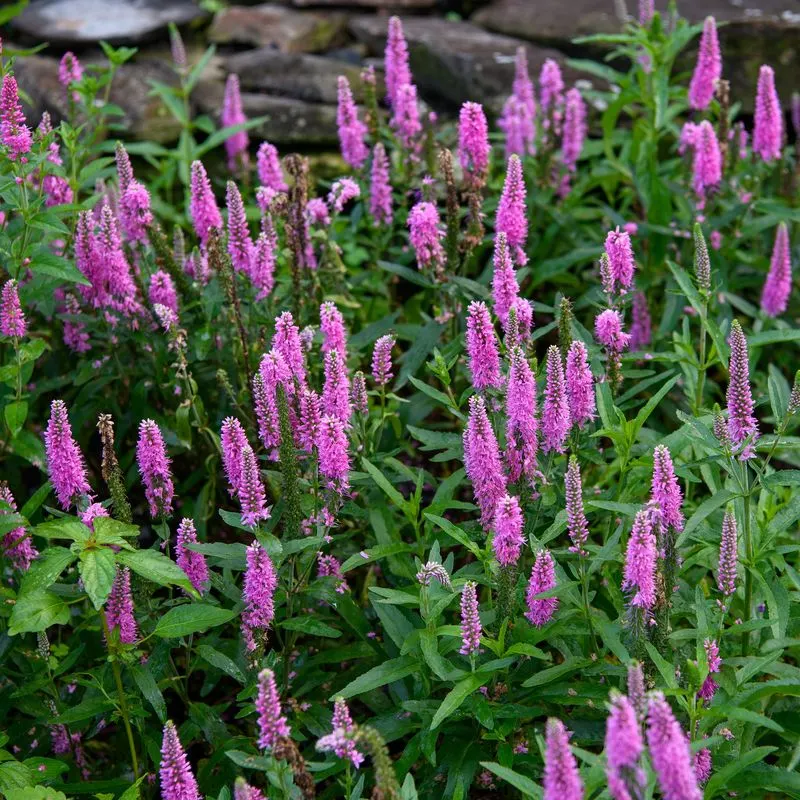
Veronica, with its spiky blue or purple flowers, adds a striking vertical element to gardens. This perennial thrives in full sun and well-drained soil. Once established, it requires little watering and minimal maintenance. Veronica blooms from late spring to early autumn, providing a lengthy period of interest. Deadheading can promote more blooms but isn’t essential. This plant attracts butterflies and is deer-resistant, making it a practical choice for eco-friendly gardens. Its vibrant colors and easygoing nature make veronica a versatile addition to borders and rock gardens.
Tickseed
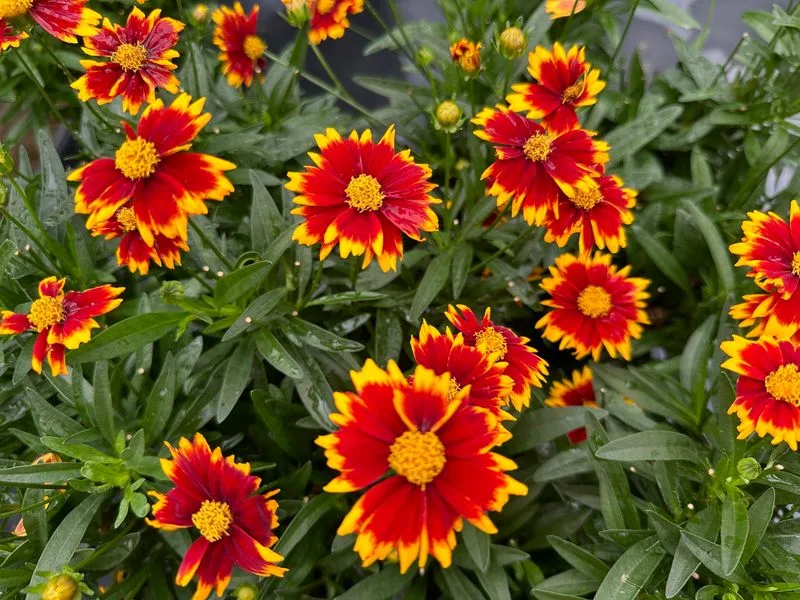
Tickseed, known for its cheerful yellow blooms, brightens any garden. This perennial enjoys full sun and well-drained soil, thriving with minimal care. It’s drought-tolerant and low-maintenance, making it a favorite among gardeners. Tickseed blooms from summer to fall, offering a long-lasting display. Deadheading can extend flowering, but isn’t necessary for vibrant growth. This plant attracts pollinators like bees and butterflies, enhancing the ecological value of gardens. Its sunny disposition and resilience make it a popular choice for borders, containers, and mass plantings.
Bergenia
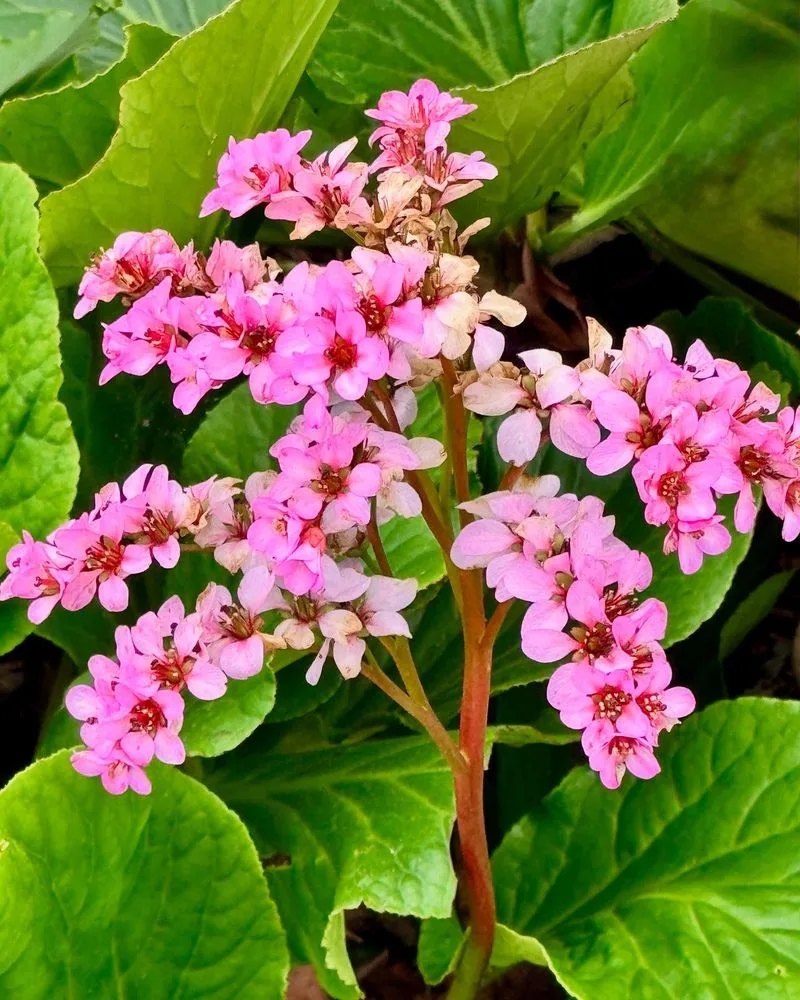
Bergenia, with its bold foliage and bright pink flowers, adds drama to any garden. This perennial thrives in partial shade and well-drained soil, requiring little water once established. Its leathery leaves remain attractive year-round, providing texture and color even when not in bloom. Bergenia flowers in early spring, heralding the new growing season. Tolerant of a range of conditions, it’s an excellent choice for shady borders and woodland gardens. Its robust nature and ability to withstand neglect make bergenia a reliable, eye-catching addition to diverse landscapes.
Blanket Flower
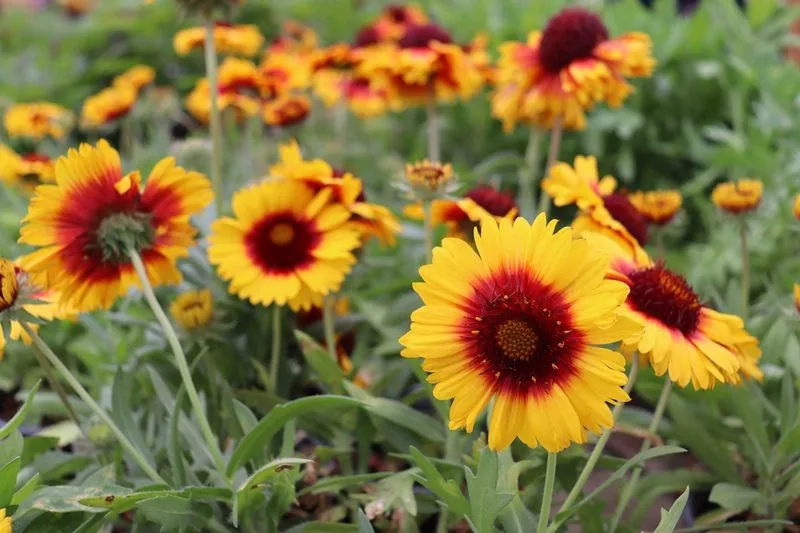
Blanket flowers, or Gaillardia, offer a burst of color with their red and yellow blooms. These perennials flourish in sunny locations with well-drained soil. Once established, they require minimal watering and care. Blooming from early summer to fall, they provide a long-lasting display of vibrant hues. Deadheading can encourage more flowers but isn’t necessary for a stunning show. Blanket flowers attract pollinators, adding ecological interest to gardens. Their hardy nature and cheerful appearance make them a favorite for borders, rock gardens, and wildflower plantings.
Astilbe
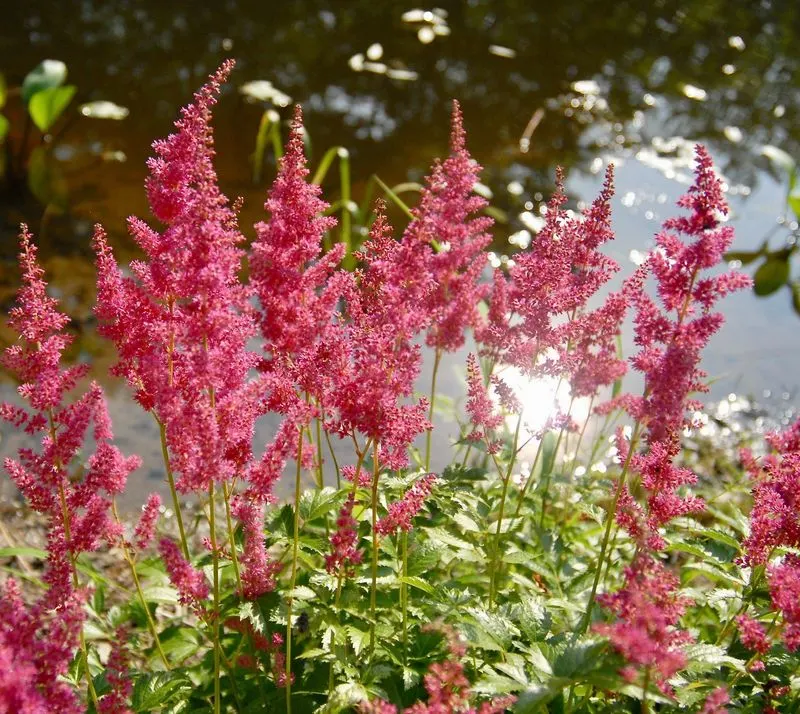
Astilbe, with its feathery plumes, brings elegance to shaded areas. This perennial thrives in moist, well-drained soil and partial to full shade. Once established, astilbe requires minimal maintenance, making it an ideal choice for low-maintenance gardens. Its blooms appear in late spring to early summer, providing a soft burst of color. Astilbe’s foliage remains attractive throughout the growing season, enhancing its ornamental value. Ideal for woodland gardens, shaded borders, or alongside water features, astilbe adds a touch of grace with little care.
Foxglove
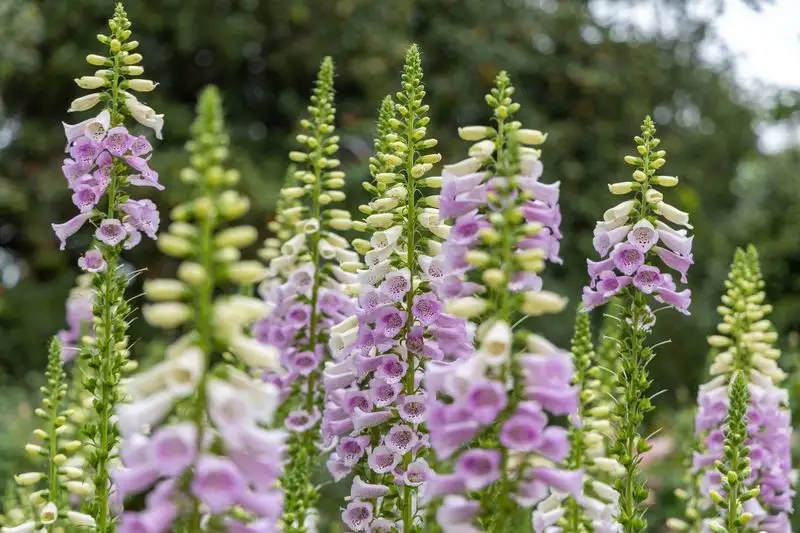
Foxgloves, with their towering spires of tubular flowers, create a dramatic effect in gardens. These biennial perennials thrive in partial shade and well-drained soil. Once established, foxgloves require minimal care and can reseed themselves, ensuring their presence year after year. Blooming from late spring to early summer, they attract pollinators like bees and hummingbirds. Foxgloves are perfect for cottage gardens and woodland settings, offering height and visual interest. Their enchanting appearance and ability to thrive with little intervention make them a cherished addition for gardeners seeking natural beauty.

